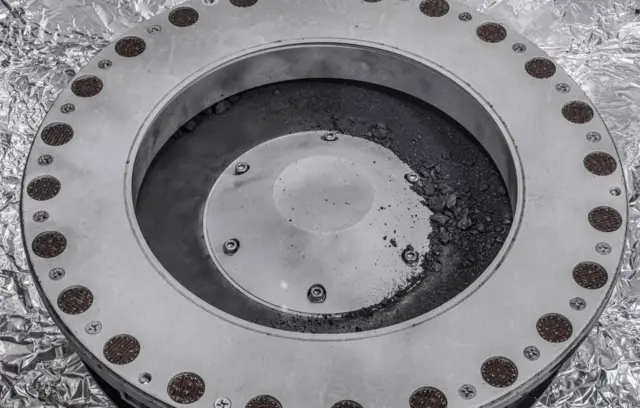And with all the really interesting stuff, the stream endspublished at 17:07 BST 11 October 2023
That's it from Nasa at the Johnson Space Center in Texas, where they've revealed more about the sample they extracted from the asteroid Bennu by first blasting it with nitrogen then grabbing a chunk and bringing it to Earth.
We'll get more information in the coming days, weeks and months about what Bennu is made up of - and it's hoped this will help scientists learn more about our Solar System and also how life began on our planet.

